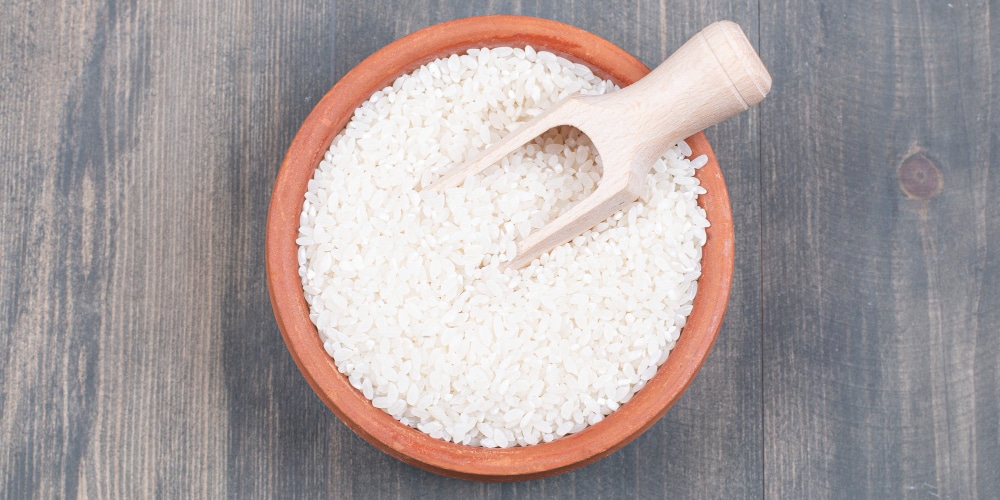Latest
Explainer: Making informed decisions about hysterectomy
Author
Author
- admin / 2 years

- 0
- 4 min read

Author
Depending on the individual case and the underlying condition, the uterus and other reproductive organs such as the cervix, ovaries, and fallopian tubes may need to be removed.
Hysterectomy is a surgical procedure that entails the removal of the uterus, which is the organ where a baby grows during pregnancy. Depending on the individual case and the underlying condition, other reproductive organs such as the cervix, ovaries, and fallopian tubes may also be removed.
Understanding why
Certain medical issues can make it difficult for a woman to lead a normal life. Some of these issues include:
- Uterine fibroids: These are lumps of tissue that grow inside or outside the uterus. They are not cancerous, but they can cause pain or heavy periods.
- Endometriosis: This is when the tissue that normally lines the inside of the uterus grows in other places, such as the ovaries, fallopian tubes, or bowel. This can cause pain, especially during periods or sex.
- Adenomyosis: This is when the tissue that normally lines the inside of the uterus grows into the muscle layer of the uterus. This can cause heavy periods and pain in the lower belly.
- Uterine prolapse: This is when the uterus slips down from its normal position and pushes into the vagina. It can happen due to childbirth, ageing, or other factors that weaken the muscles that support the uterus. This can cause discomfort, urinary complications, or sexual problems.
- Gynaecological cancers: These are cancers that affect the female reproductive organs, such as the uterus, ovaries, or cervix. Sometimes, removing the uterus and other affected organs can help treat these cancers.
Different surgical approaches
Hysterectomy can be performed through different approaches, such as:
- Abdominal hysterectomy: This involves making an incision in the lower abdomen to access and remove the uterus. It is typically used for large uteri, extensive pelvic pathology, or when other surgical techniques are not feasible.
- Vaginal hysterectomy: In this approach, the uterus is removed through an incision made in the vagina. It is suitable for cases where the uterus is not excessively large, and there are no significant adhesions or other complications.
- Laparoscopic hysterectomy: This minimally invasive procedure involves making several small incisions in the abdomen to insert a laparoscope and surgical instruments. The uterus is then removed in small pieces through these incisions.
Recovery and potential risks
After a hysterectomy, the duration of recovery will depend on how the surgery was done. If you had an abdominal hysterectomy, you will need more time to recover than if you had a vaginal or laparoscopic hysterectomy. In general, you can expect to stay in the hospital for one to three days after your surgery, and then rest at home for four to six weeks.
Post-surgery, you are advised to avoid lifting heavy objects, driving, having sex, or using pads until your doctor says it is safe. You will also need to follow your doctor’s instructions on how to care for your wound, prevent infection, and manage pain.
Like any surgery, hysterectomy has some risks. These risks are rare, but they can be serious. To reduce the risks, you should follow your doctor’s advice before and after the surgery. For example, you should stop smoking; lose weight if needed; control your blood pressure and diabetes, if you have them; and take your medications as prescribed.
It’s important to talk to your healthcare provider about what to expect before, during, and after the surgery. Ask questions and share concerns, if any. This way, you can make an informed decision and get the best care possible.
(This article has been medically reviewed by Dr Sriprada Vinekar, Senior consultant, Minimal Invasive Gynaecologist, Cloudnine Group of Hospitals, Malleswaram, Bangalore.)










